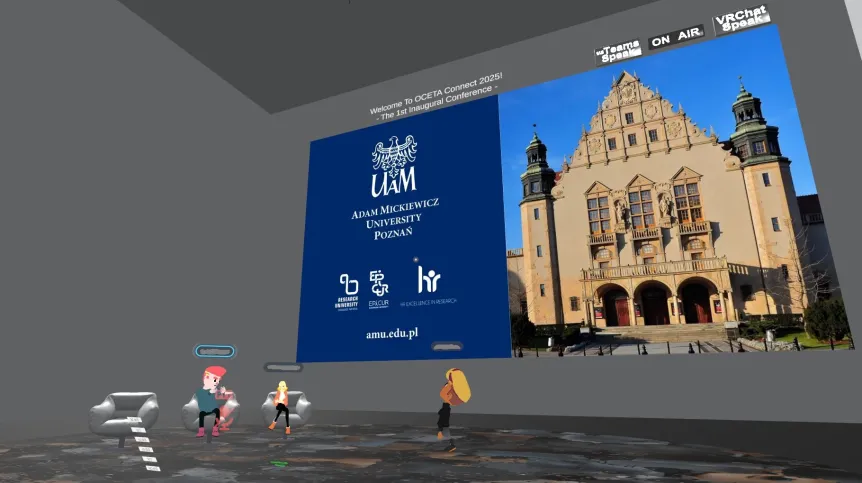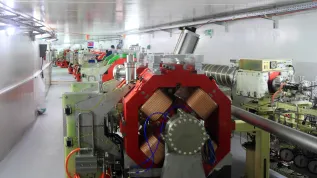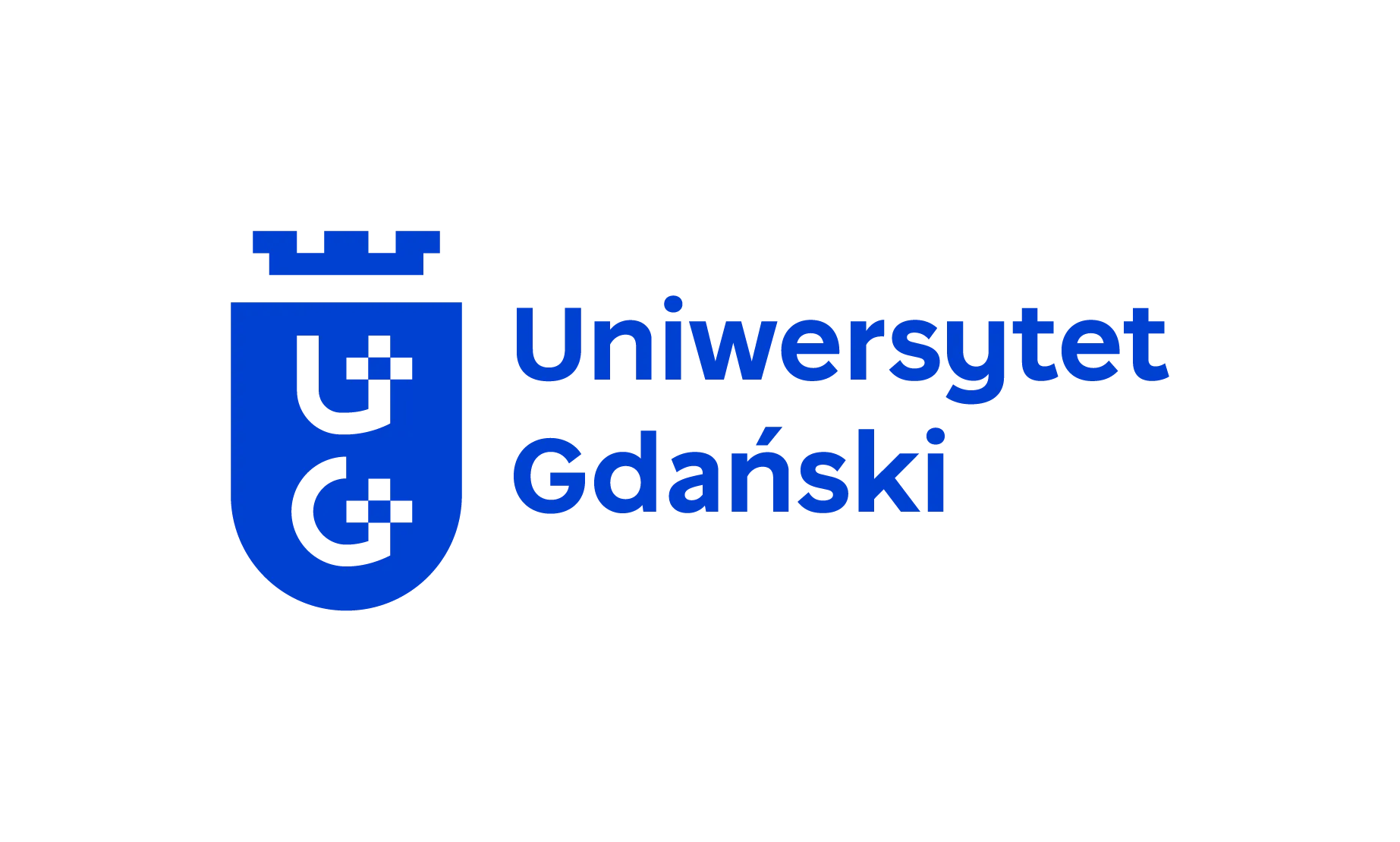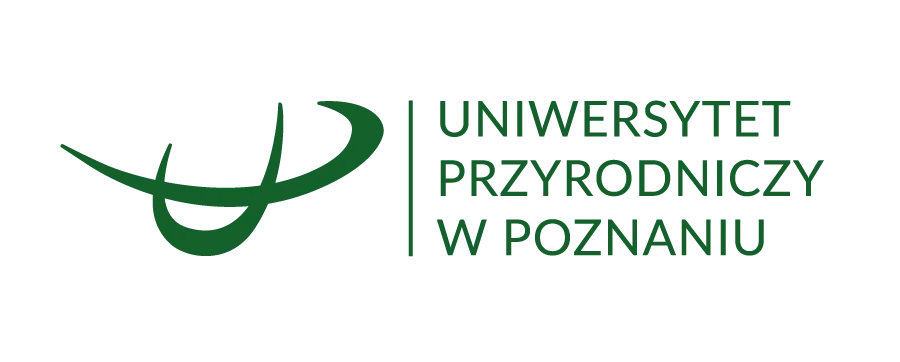
A new model of academic conferencing powered by artificial intelligence and virtual reality has been piloted at the OCETA Connect: AI/XR in Higher Education event, held by the Adam Mickiewicz University.
Organized under the Open Cutting-Edge Technologies Academia (OCETA Connect) initiative, the event was a joint effort between the university’s Faculty of Physics and Astronomy and Switzerland’s HES-SO Valais-Wallis, with additional partners from Ireland and Canada.
Participants from Europe and North America convened in the OCETA Connect Arena, a custom-built virtual space hosted on the VRChat platform. The hybrid-format conference also streamed live on YouTube and integrated with Microsoft Teams, allowing for broader accessibility.
Attendees were assisted by "OCETA AI", a custom AI persona designed as the event's guide. This AI host provided information on the schedule and speakers, serving as a practical demonstration of the event's core theme.
“The key goal of the OCETA Connect initiative is to develop and validate new methods of academic collaboration that are more engaging than standard videoconferencing,” said Wojciech Czart, OCETA project leader. “This pilot event allowed us to test not only hybrid VR technology but also a new modus operandi for project management, in which AI assistants play a significant operational role.”
Topics covered during the conference included immersive experiences in extended reality (XR), artificial intelligence in digital marketing, brain-computer interface (BCI) technologies, large language models (LLMs), and the application of AI in complex scientific simulations.
Organizers say the event provided critical insights for developing scalable, AI-assisted academic formats. “We have demonstrated a realistic and fully immersive way—combined with on-screen communication—for the academic community to connect and share knowledge and experience,” Czart said.
The OCETA Connect team plans to use data from the pilot to refine future editions and broaden the initiative’s impact across international academic networks.
PAP - Science in Poland
lt/ agt/













